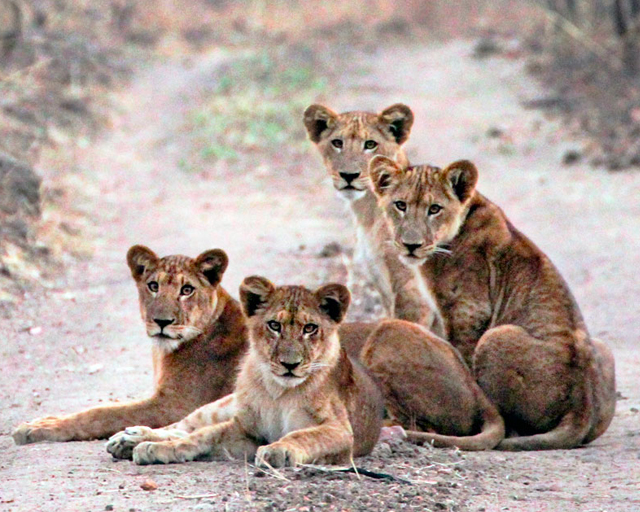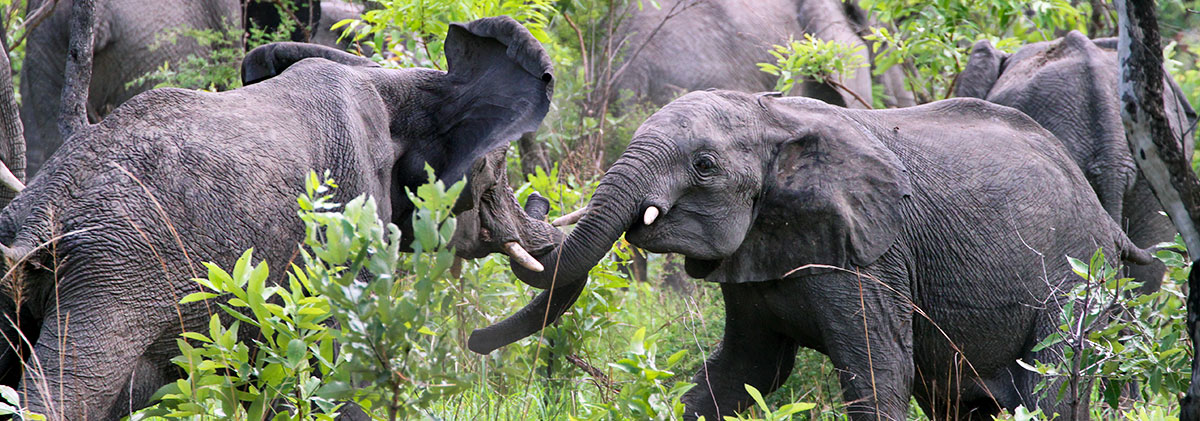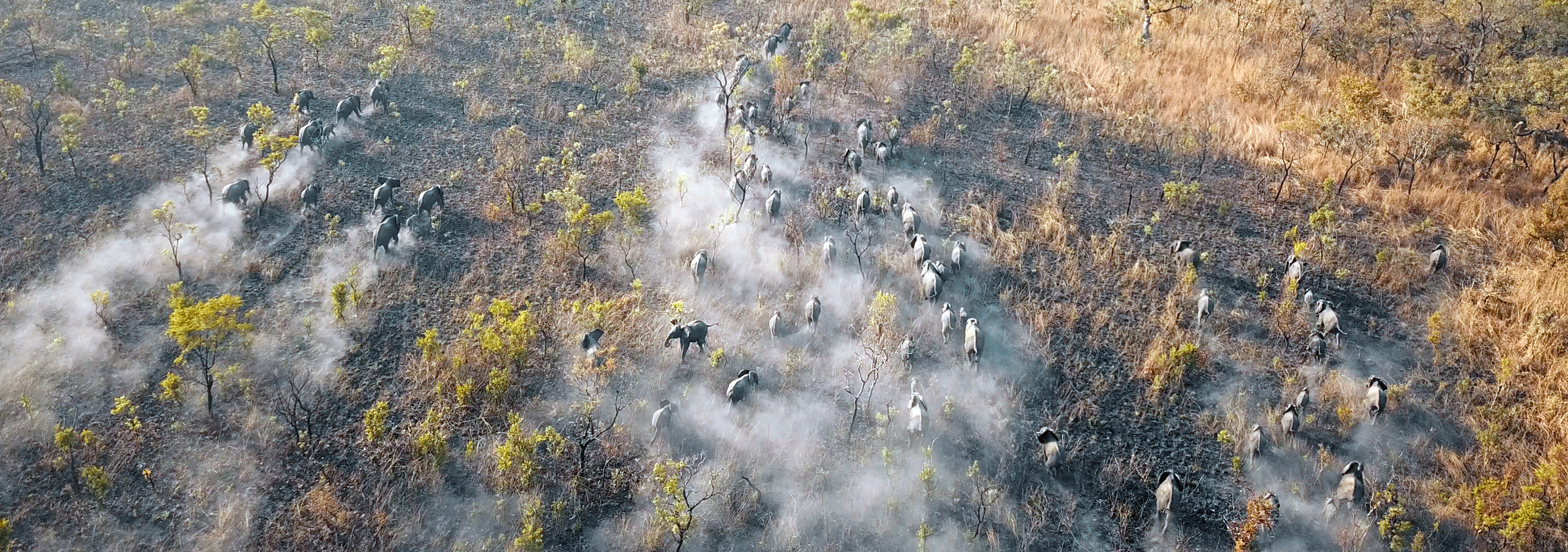
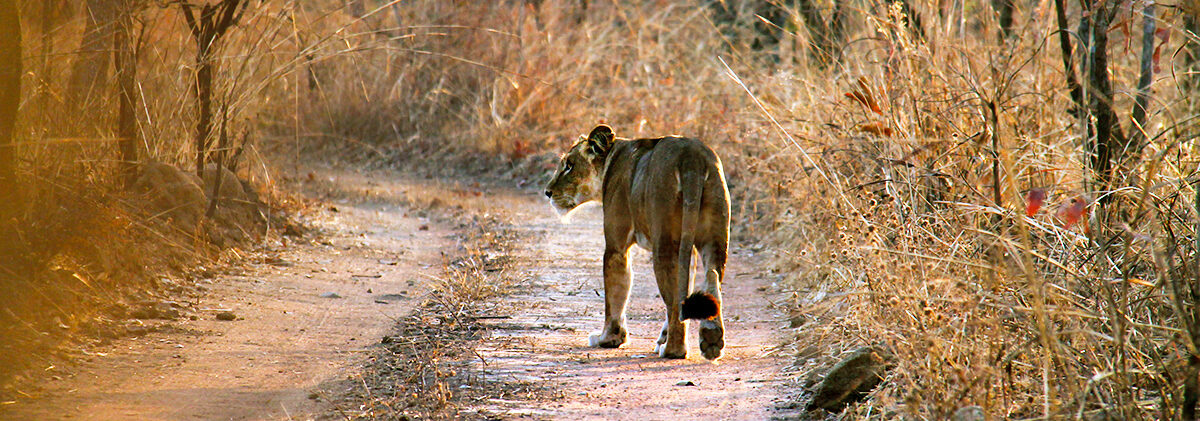
18 December 2022
THE NORTHERN LION IN IMMEDIATE DANGER OF EXTINCTION
For several years, nomadic or semi-nomadic Fulani M’Bororo herders have been grazing vast cattle herds (mainly Akou breed) extensively within the protected areas of Northern Cameroon, where herding is formally prohibited. The cattle mega-herds are generally owned by wealthy businessmen and/or politicians, who are often nationals of other countries. All leaseholders and many experts in this field are in agreement that the consequences of this are devastating.
The M’Bororo cattle are generally exempt from health controls and official regional vaccination campaigns and are thus likely vectors of very serious contagious diseases that can decimate wildlife.
Rinderpest, peripneumonia, anthrax and foot-and-mouth disease are widely carried and transmitted by these nomadic or semi-nomadic herds, which are sometimes considerable in number, band a deadly danger for sedentary livestock and wildlife.
There are human health risks too. Brucellosis, tuberculosis, listeriosis, salmonellosis, anthrax and even the dreaded rabies, are some of the numerous, potentially fatal, anthropology-zoonotic diseases transmitted by these herds.
As cattle, sheep, and goats carry the same contagious diseases as wild ungulates (antelopes, buffalo, giraffe, etc.), it is a matter of global conservation concern to prevent any intrusion of livestock into any of the country’s national parks and protected areas, that is if we want to avoid the extinction of the populations of wild species that constitute some of the reasons for the existence of the protected habitats in the first place.
The M’Bororo cattle are generally exempt from health controls and official regional vaccination campaigns and are thus likely vectors of very serious contagious diseases that can decimate wildlife.
Rinderpest, peripneumonia, anthrax and foot-and-mouth disease are widely carried and transmitted by these nomadic or semi-nomadic herds, which are sometimes considerable in number, band a deadly danger for sedentary livestock and wildlife.
There are human health risks too. Brucellosis, tuberculosis, listeriosis, salmonellosis, anthrax and even the dreaded rabies, are some of the numerous, potentially fatal, anthropology-zoonotic diseases transmitted by these herds.
As cattle, sheep, and goats carry the same contagious diseases as wild ungulates (antelopes, buffalo, giraffe, etc.), it is a matter of global conservation concern to prevent any intrusion of livestock into any of the country’s national parks and protected areas, that is if we want to avoid the extinction of the populations of wild species that constitute some of the reasons for the existence of the protected habitats in the first place.
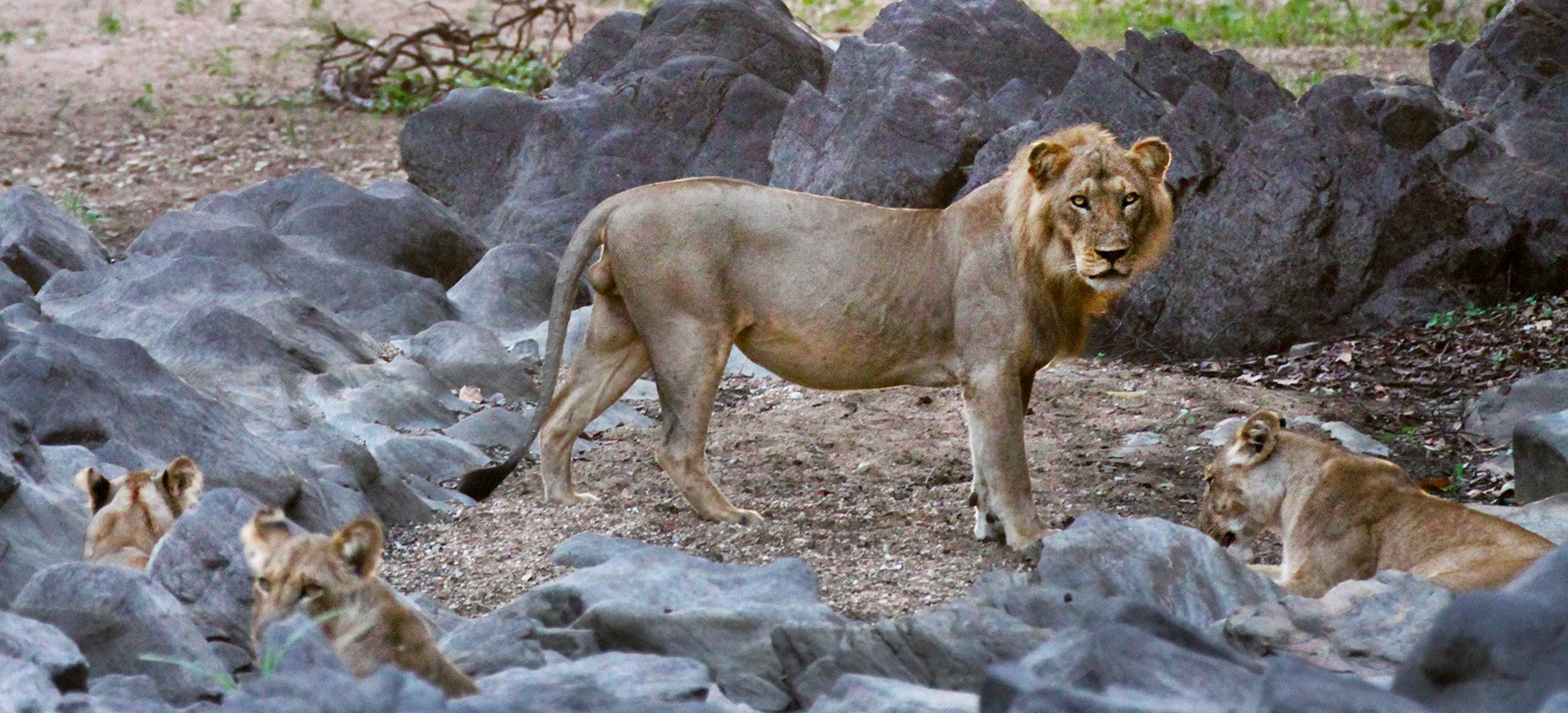
Incursions by herdsmen and their livestock in recent years is causing the rapid disappearance of lions, which are a rare African subspecies, the Northern lion, Panthera leo leo, and are in immediate danger of extinction in Cameroon and across the rest of their range.
Lions (among other predators) prefer the easy prey that the roaming cattle herds offer, and once this behaviour is learned, the lions often become repeat cattle killers. This has an intolerable economic impact on the herders who choose to poison the cattle carcasses to get rid of the “problem” and simultaneously negatively impact the entire network of carnivores and scavengers (e.g. lion, leopard, hyena, vultures, jackal, serval cat, caracal, civet, mongoose species, etc.).
Lions (among other predators) prefer the easy prey that the roaming cattle herds offer, and once this behaviour is learned, the lions often become repeat cattle killers. This has an intolerable economic impact on the herders who choose to poison the cattle carcasses to get rid of the “problem” and simultaneously negatively impact the entire network of carnivores and scavengers (e.g. lion, leopard, hyena, vultures, jackal, serval cat, caracal, civet, mongoose species, etc.).
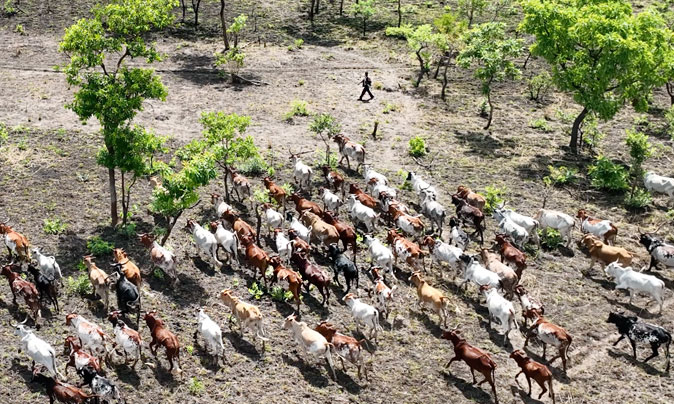
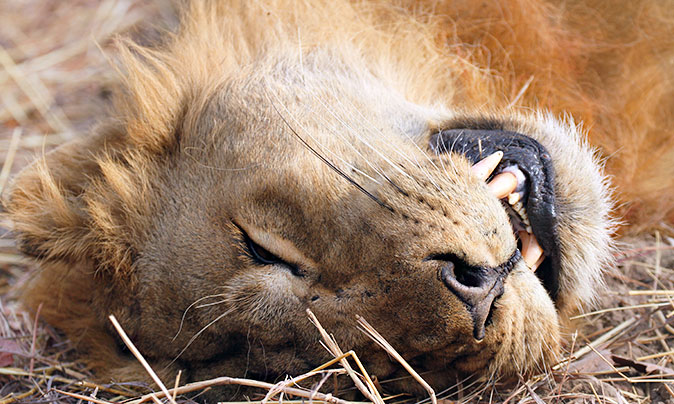
Similar to regular examples reported from Tanzania, Kenya, CAR, etc., we ourselves have apprehended herders with pictures of dead lions on their phones. Cattle herds and lions need to be kept apart, largely by keeping herdsmen and their livestock outside of all protected areas.
Domestic dog populations are on the rise in the villages surrounding the protected areas. They typically escape veterinary controls and vaccinations, and are thus prone to contracting and transmitting devastating diseases.
Lion are one of the few felid species susceptible to the terrible distemper, a viral pathogen that is almost always lethal. Distemper is mainly carried by canids (dogs and jackals), but also sometimes by other mammal families such as hyenas. The disease is a paramyxo virus that causes severe neurological, respiratory and gastrointestinal damage, as well as damage to the eyes and skin, particularly under the paw pads, making movement painful for affected individuals, leading to death by starvation. The virus is transmitted through direct contact and ingestion, for example when lions eat weakened or dead dogs. Unlike wild dogs that are already extinct in Cameroon due to distemper, hyenas are less susceptible to contracting the sickness but they are often vectors of the disease through their habit of scavenging at village garbage sites where domestic dogs roam.
Lions are extremely sensitive to the disease and crashes in lions populations have often been reported from elsewhere in Africa, especially when pastoral peoples move into new areas along the borders of protected areas.
For example, in 1991, more than a third of the lion population in Tanzania’s Serengeti National Park was ravaged by distemper introduced by the dogs of Maasai pastoralists living on the park’s periphery. The contagion spread to other national parks in neighboring countries such as Kenya’s Masai Mara National Park, also decimating lion and wild dog populations.
In addition to canine distemper, it is important to emphasise that domestic dogs are also vectors of rabies, which is an always-fatal disease in humans and all other mammals.
Domestic dog populations are on the rise in the villages surrounding the protected areas. They typically escape veterinary controls and vaccinations, and are thus prone to contracting and transmitting devastating diseases.
Lion are one of the few felid species susceptible to the terrible distemper, a viral pathogen that is almost always lethal. Distemper is mainly carried by canids (dogs and jackals), but also sometimes by other mammal families such as hyenas. The disease is a paramyxo virus that causes severe neurological, respiratory and gastrointestinal damage, as well as damage to the eyes and skin, particularly under the paw pads, making movement painful for affected individuals, leading to death by starvation. The virus is transmitted through direct contact and ingestion, for example when lions eat weakened or dead dogs. Unlike wild dogs that are already extinct in Cameroon due to distemper, hyenas are less susceptible to contracting the sickness but they are often vectors of the disease through their habit of scavenging at village garbage sites where domestic dogs roam.
Lions are extremely sensitive to the disease and crashes in lions populations have often been reported from elsewhere in Africa, especially when pastoral peoples move into new areas along the borders of protected areas.
For example, in 1991, more than a third of the lion population in Tanzania’s Serengeti National Park was ravaged by distemper introduced by the dogs of Maasai pastoralists living on the park’s periphery. The contagion spread to other national parks in neighboring countries such as Kenya’s Masai Mara National Park, also decimating lion and wild dog populations.
In addition to canine distemper, it is important to emphasise that domestic dogs are also vectors of rabies, which is an always-fatal disease in humans and all other mammals.
WHY THIS BLOG ?
STAY TUNED
JOIN THE FIGHT
